How To Tenderize Steak: Mastering the Art
This post may contain affiliate links that won’t change your price but will share some commission.
How To Tenderize Steak. There’s nothing quite like sinking your teeth into a perfectly tender, juicy steak. Whether you prefer your steak rare, medium-rare, or well-done, achieving that melt-in-your-mouth texture is the key to a memorable dining experience.
Not all steaks are naturally tender, and that’s where the magic of tenderization comes into play. In this comprehensive guide, we’ll explore various techniques on how to tenderize steak and transform even the toughest cuts into culinary delights. Therefore, regardless of the cut, you will have tender, juicy steak to enjoy.
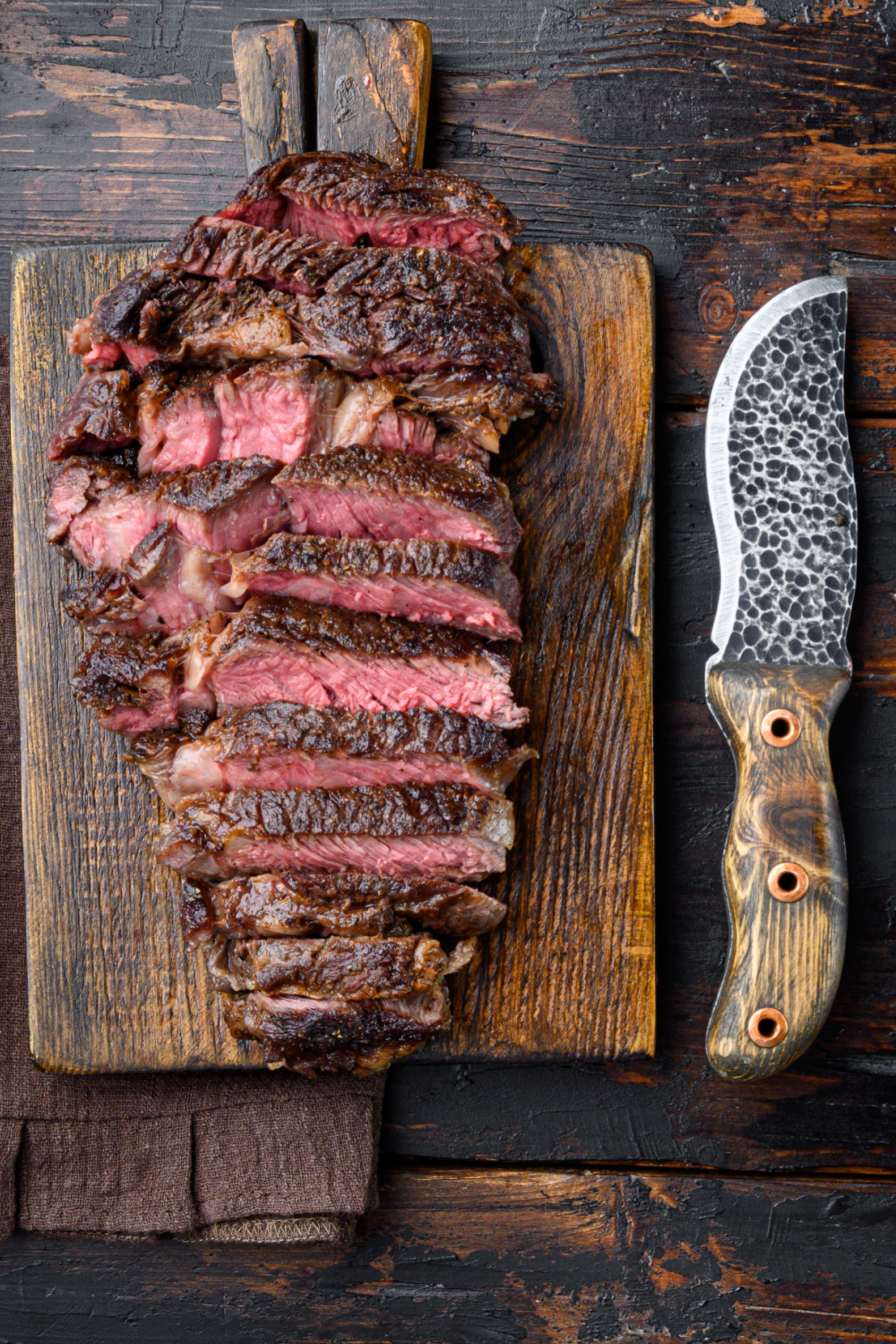
Why tenderize steak?
Tenderizing steak breaks apart the connective tissue that makes steak tough after you cook it. Typically, tough cuts of beef are less expensive than the more tender counterparts. Therefore, I have written a comprehensive quide to tenderizing beef that will allow you to use cheaper cuts and enjoy them just as much.
How to tenderize steak
Tenderizing steak is an essential skill for anyone who loves indulging in a good piece of beef. While some cuts are naturally tender, others require a little extra care.
What are the techniques for tenderizing steak?
- Meat Tenderizers
- Mechanical Tenderization
- Salting
- Aging
- Cooking techniques
We will discuss each method, so you can choose the one that best suits your needs and preferences. With the right techniques, you can turn even the toughest cuts of steak into culinary masterpieces.
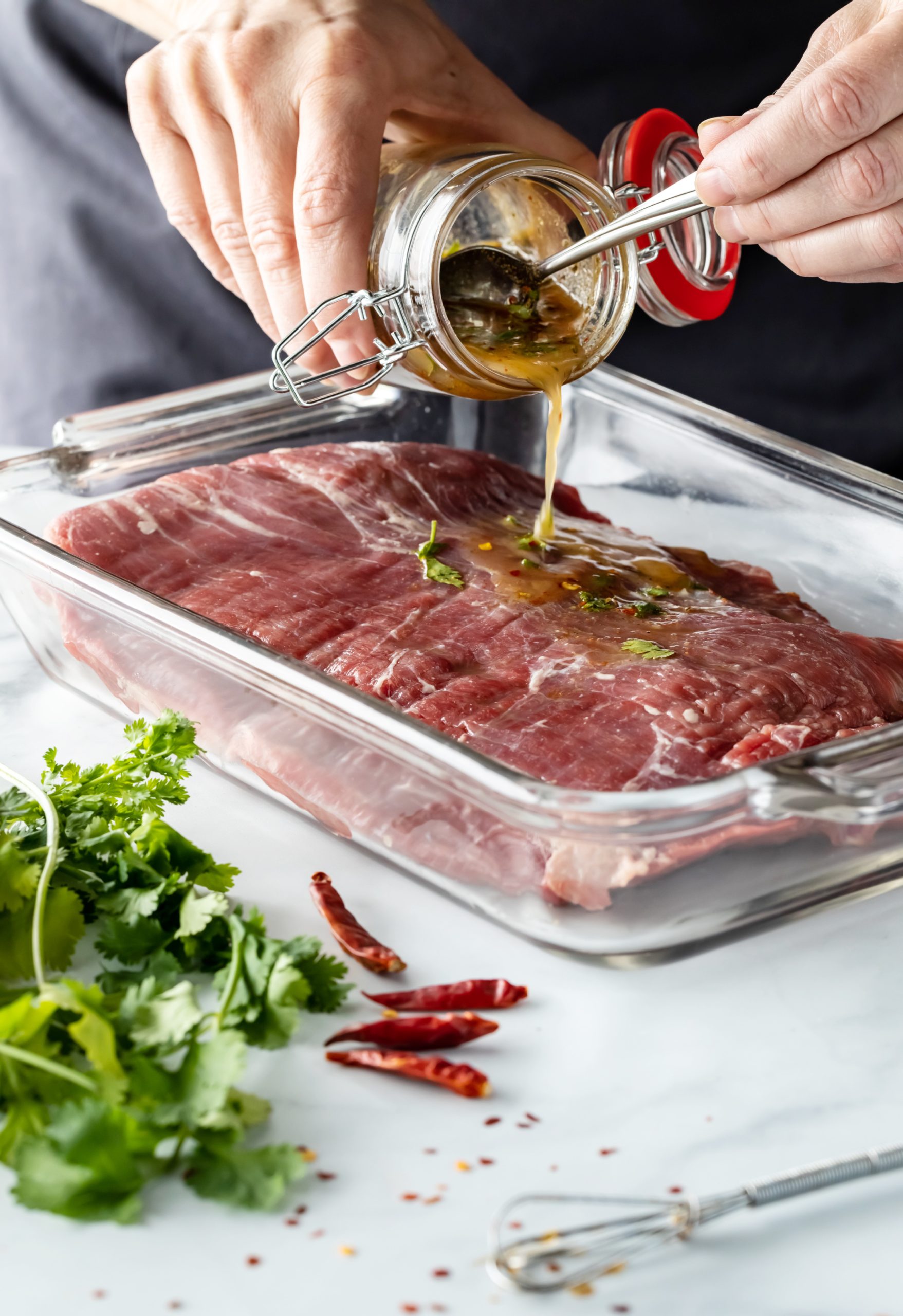
Tenderize Steak using Meat tenderizers
Meat Tenderizers, Marinating and Enzymatic tenderization. Marinating steak with acidic ingredients like vinegar, citrus juice, or yogurt can help break down tough muscle fibers and infuse flavor. Enzyme tenderization is basically the same as marinating, however, instead of acid is uses enzymes from fruits like papaya, kiwi, and pineapple. These fruit enzymes naturally tenderize meat by breaking down proteins. This is similar to marinating. Marinating uses acidic ingredients and enzymes use naturally occuring.
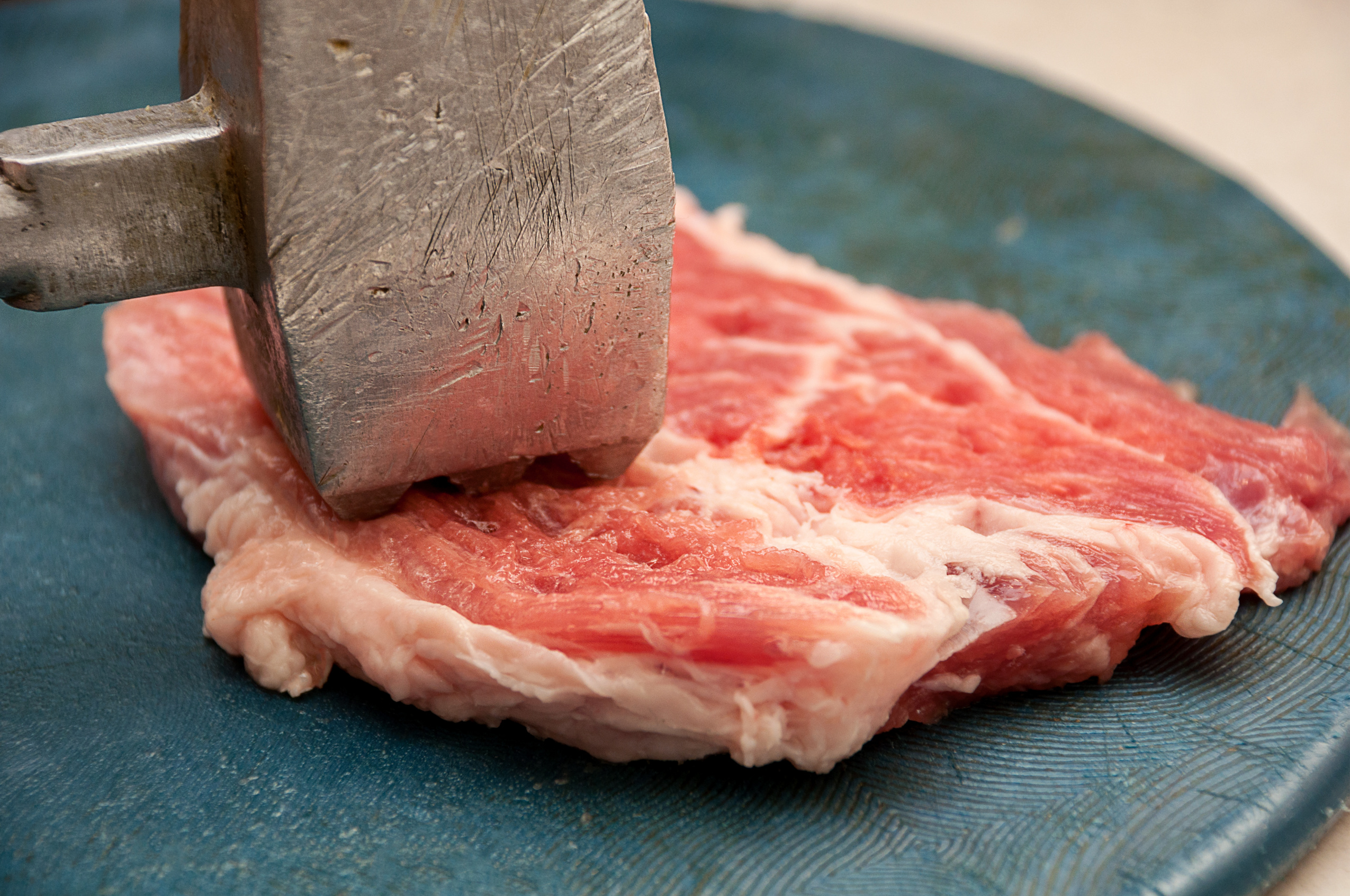
Tenderize steak using mechanically
Mechanical Tenderization simply means softening meat using physical force. You can use a meat mallet, grind, or other physical tenderizing tool. These methods physically break down the muscle fibers to achieve a more tender texture.
How do I pound steak with a mallet?
Using the flat side of the meat mallet, gently pound the steak. Start at the center and work your way out. Apply even pressure.
Turn the steak over and repeat the tenderizing process on the other side. Continue until the steak reaches your desired level of tenderness. Be careful not to pound too much, you don’t want to flatten the steak too much.
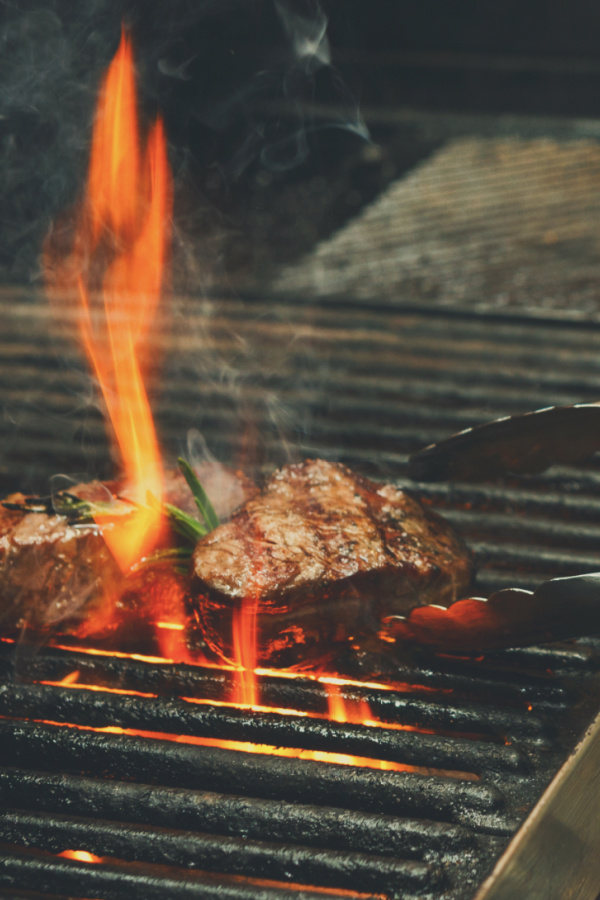
Using Salt to Tenderize
Salting. The process of salting steak, also known as dry brining, helps draw out moisture and break down proteins, resulting in more concentrated flavors and a tender texture.
Add salt and/or seasonings contaning salt to your beef an hour in advance of cooking.
Salt for tenderizing meat is a good option when you’re short on time and you don’t want to pound the meat with a mallet and make it thin. The best salt to tenderinze is kosher, Himalayan, or flake salt. Table salt will make the meat taste metallic.
For best results, salt the meat as soon as possible, wrap it, and place it in the fridge until it’s ready to use!
Tenderize Steak with Aging
Aging. Dry or wet aging steak allows natural enzymatic processes to occur, resulting in improved tenderness and flavor.
The process of dry aging enhances the flavor and tenderness of the beef by allowing enzymes to break down muscle fibers and connective tissue while concentrating the flavors.
Dry aging should only be performed by professionals or with proper equipment, as it requires precise control over temperature, humidity, and sanitation to ensure food safety and the best results.
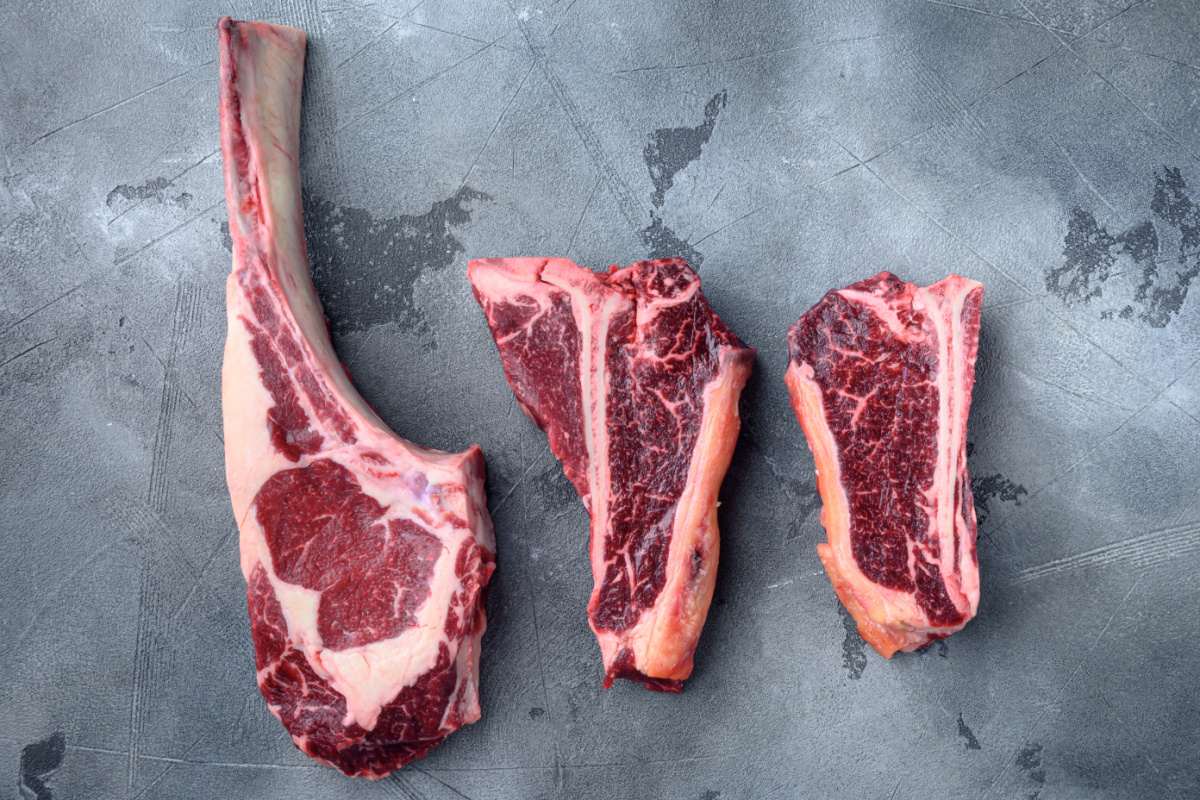
Tenderize with Cooking Techniques
Cooking Techniques. Choosing the right cooking method and monitoring the steak’s temperature can also affect its tenderness. Braising, smoking, using a slow cooker or pressure cooker, stewing, and Sous vide are all methods of cooking proteins. Most cooking techniques for making steaks tender are a ‘low and slow’ method. That’s a low temperature cooked slowly over several hours. However, pressure cooking breaks down protein fibers using pressure.
Slow cooking methods can be a great way to tenderize beef, breaking down tough fibers and creating delicious, melt-in-your-mouth results. Here are some popular slow cooking methods to achieve tender meat.
- Braising: Braising involves searing the beef in a hot pan to develop flavor, like I did with these short ribs, and then cooking it slowly in a flavorful liquid, such as broth or wine. The slow, moist cooking process helps break down tough meat fibers.
- Stewing: Similar to braising, stewing involves cooking beef in a liquid for an extended period. The beef is cut into smaller pieces and simmered in a flavorful broth or sauce until it becomes tender.
- Crockpot/Slow Cooker: Using a slow cooker is a convenient way to tenderize beef. You can cook beef with a variety of seasonings, vegetables, and liquids for several hours on low heat. The slow cooking process ensures tender meat.
- Sous Vide: While not traditionally “slow cooking,” sous vide involves cooking vacuum-sealed beef in a water bath at a precise temperature for an extended period. This method guarantees consistent and tender results.
- Roasting: Slow roasting beef in the oven at a low temperature, such as 275-325°F (135-163°C), can also tenderize the meat over time. This method is often used for larger cuts like roasts.
- Smoking: If you have access to a smoker, slow smoking beef can add flavor and tenderness. The slow, indirect heat helps break down tough muscle fibers.
- Pressure Cooking: Although not as slow as other methods, pressure cooking can quickly tenderize beef. High pressure and steam help break down the meat fibers in a fraction of the time it takes with traditional cooking methods.
Purchase recommended products
The items listed below are my top choices for products to tenderize your steak using a cooking method.
Frequently Asked Questions:
Tender cuts include filet mignon, ribeye, and New York strip. These cuts come from less exercised muscles, making them naturally tender.
Marinating times vary, but as a general rule of thumb, marinate steak for at least 30 minutes, and up to 24 hours for maximum flavor and tenderness.
Yes, it is possible to over-tenderize steak, particularly with enzymatic methods. Over-marinating can result in a mushy texture, so it’s essential to follow recommended marinating times.
Dry aging is a process that allows natural enzymatic reactions to occur in the meat, improving both tenderness and flavor. The duration of dry aging can vary, but it generally ranges from a few weeks to several months.
Yes, allowing your steak to rest for a few minutes after cooking helps redistribute the juices, resulting in a juicier, more tender steak.
More Tips for the Best Steak
Allow your steak to come to room temperature before you cook it. It will cook more evenly.
Allow your steak to rest before cutting it. This will give the steak time to reabsorb the juices and it will be more tender and flavorful.
Always slice steak against the grain. The ‘grain’ refers to the protein fibers running through the meat. Cutting opposite of the way they run is important for a tender steak.
A well-done cooked steak will be tougher than a rare steak. Use this steak temperature chart to cook your steak perfectly.
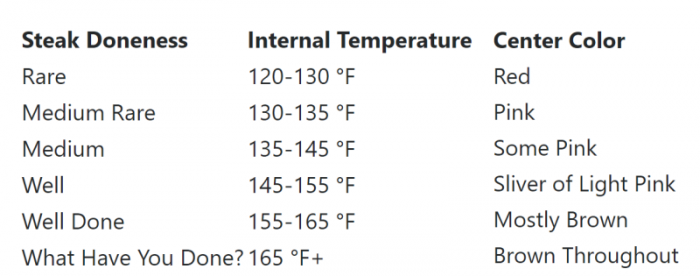
Steak recipes you’ll enjoy
- Five best steaks for grilling
- Marinated Ribeye
- Grilled Steak with red wine
- Six minute flat iron steak
- Balsamic Butter Sauce over New York Strip Steaks
Conclusion
Tenderizing steak is an art that can turn any cut into a culinary masterpiece. With the right techniques and a little practice, you can enjoy the satisfaction of cooking a perfectly tender and delicious steak every time. Experiment with different methods to find your favorite and elevate your steak game to the next level.

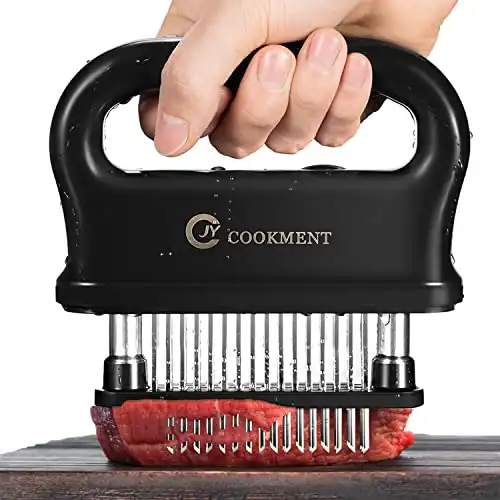
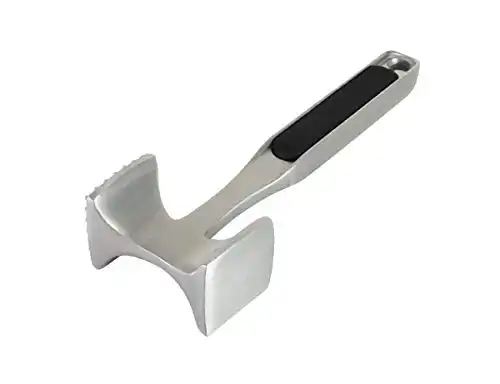
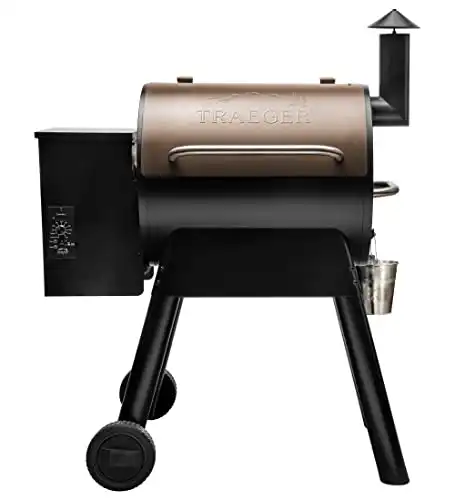
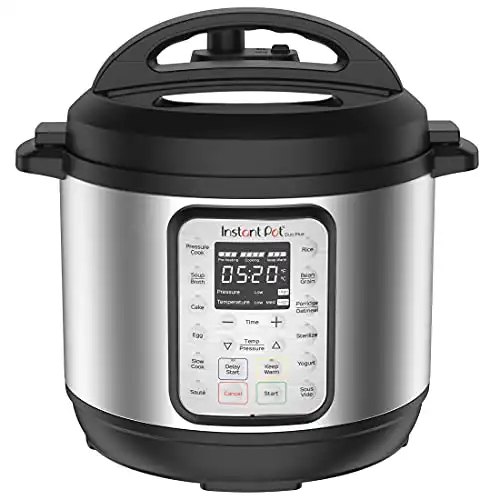
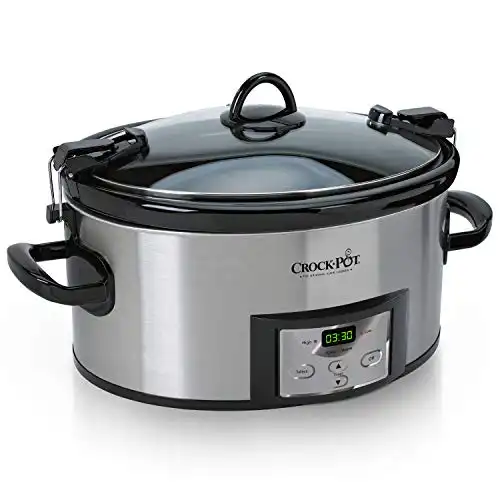
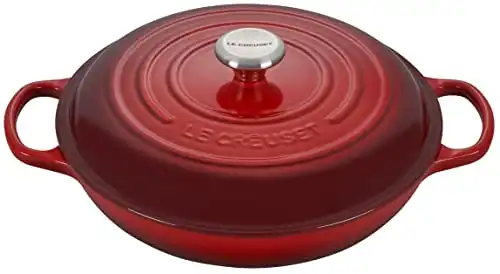

2 Comments